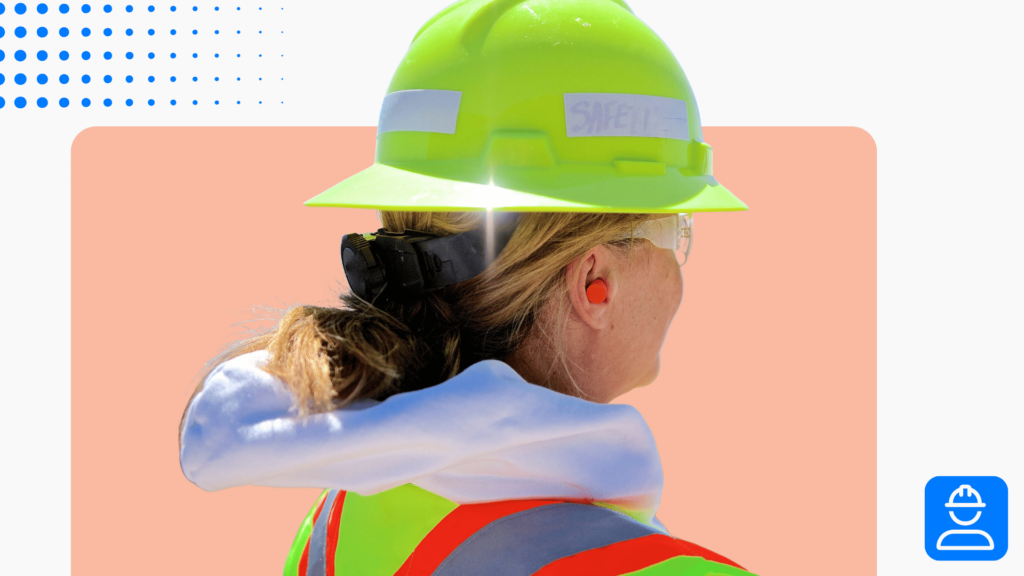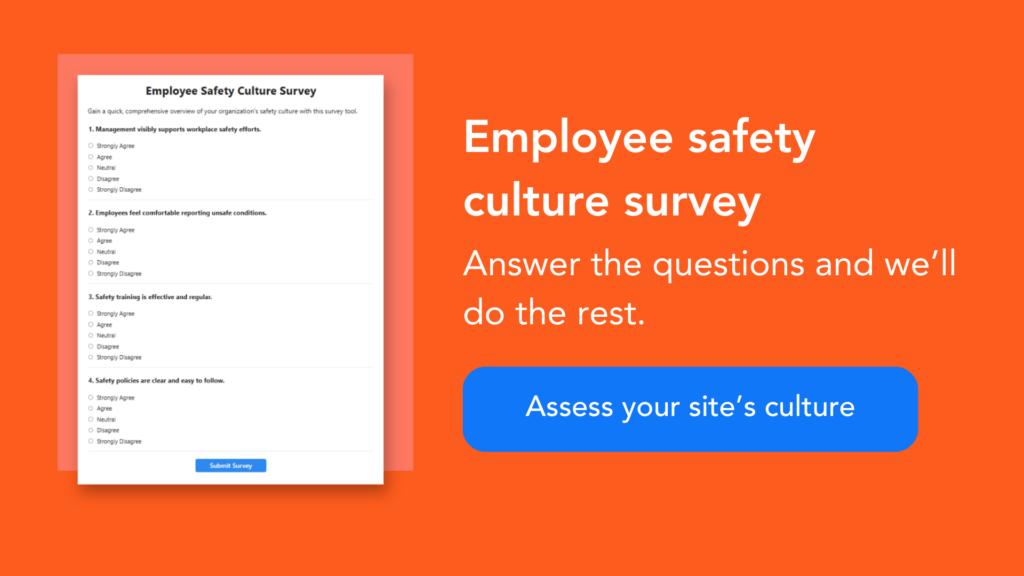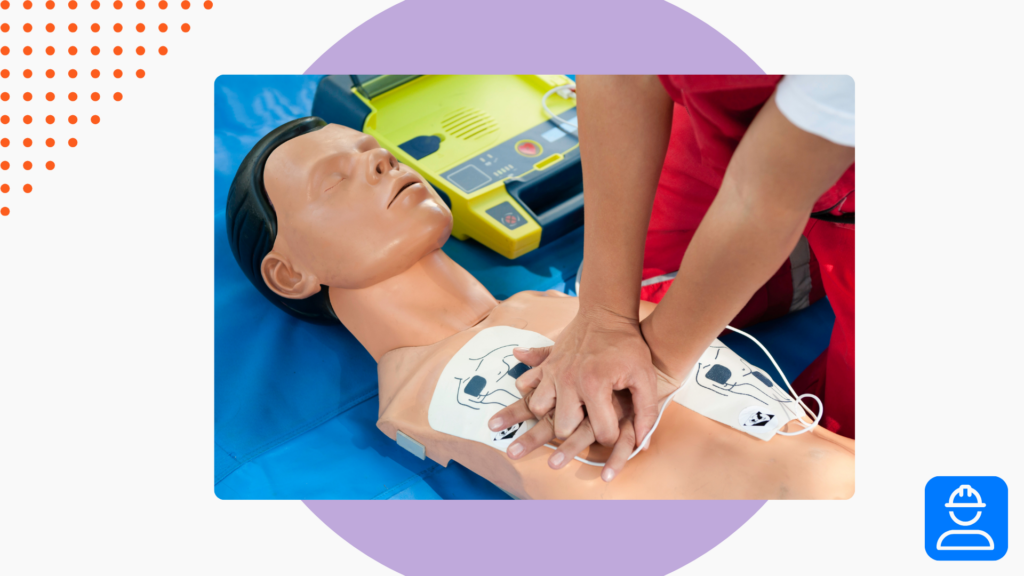As an EHS professional, you know that safety extends far beyond hard hats and hazard protocols. Creating a truly safe workplace also means fostering an environment where every employee feels respected, included, and protected from harassment and discrimination. That’s why harassment and discrimination training is so critical for EHS programs.
Psychological and Physical Safety
Traditionally, EHS programs tend to focus more on physical safety—minimizing risks, preventing injuries, and ensuring compliance with OSHA regulations. The importance of psychological safety often goes overlooked.
In reality, though, employees who experience or witness harassment or discrimination may suffer from stress, anxiety, or depression. These can all lead to decreased concentration, increased accidents, and lower productivity.
As an EHS professional, you’re in a unique position to advocate for both physical and psychological safety. Harassment and discrimination training should be a natural extension of your mission to protect workers in your facility.
Compliance and Liability
It’s also important to consider the legal obligation you have to your workers. Here are just some of the U.S. laws that require employers to prevent harassment and discrimination:
- Title VII of the Civil Rights Act
- Americans with Disabilities Act (ADA)
- Age Discrimination in Employment Act (ADEA)
Think about the state and local level, too. Several states, like California and New York, have mandatory harassment and discrimination training requirements.
Failing to provide this training not only puts your organization at legal risk—it can also damage your company’s reputation and morale. The EHS department should work with the HR and legal teams to provide effective, high-quality training to all employees.
Effective Harassment and Discrimination Training
To make a real impact, your training must go beyond one-time presentations or generic online modules. It should be a strategic, ongoing initiative that you design, deliver, and track with care. Below are some best practices for building a training program that is not only compliant but truly effective.
Create Targeted, Relevant Content
You should always customize training content for your company and workforce. Use scenarios of real events that have happened or examples from others in your industry. The content should align with your workplace dynamics, industry, and employee roles.
Also, make sure the training clearly states the definition of both harassment and discrimination. You don’t want there to be any doubt what qualifies. Teach your workers how to spot the signs and how to report any issues to their direct leaders. Get HR’s involvement to explain the policies for bystander intervention, retaliation protections, unconscious bias, and more.
And of course, don’t forget to update the content regularly if company policies or regulatory requirements change.
Use Engaging and Inclusive Delivery Methods
Don’t fee like you’re limited to PowerPoints and paper quizzes. Get the training class involved with role plays, games, knowledge checks, and more. If your workforce is multilingual, make sure you have the resources to provide them the training as well.
Conduct Training Regularly and Consistently
All employees should go through harassment and discrimination training during the onboarding process. Annual refreshers are good to schedule in advance so your team’s always up to date.
Ideally, you should also do refreshers after incidents occur or when you update your policies. Everyone, from frontline workers to the C-Suite should take this course each year.
Document Your Training
For regulatory purposes, it’s important to document all training your employees take. Key information to record include employee name, department, title, status, and supervisor, along with the date they completed the training.
Using EHS learning management software is a great way to do this because it keeps all your records in one accessible location. Plus, you can get notifications of upcoming or past due training.
The EHS Role
Your influence doesn’t stop once the training ends. You can help lead by example, promote a speak-up culture, and ensure that reporting mechanisms are clear, accessible, and safe from retaliation. By integrating anti-harassment values into safety meetings, toolbox talks, and onboarding processes, you normalize respectful communication and proactive intervention.
EHS professionals are stewards of safe and healthy workplaces. By championing harassment and discrimination training, you help ensure safety isn’t just something that happens on the floor, it becomes part of your organization’s culture. When employees feel safe in every sense of the word, everyone benefits.



